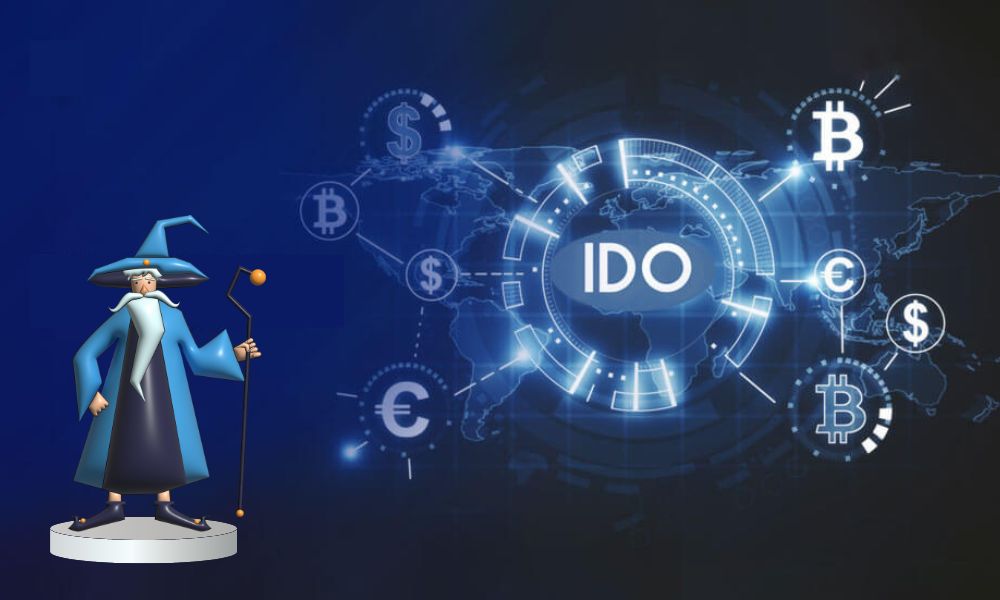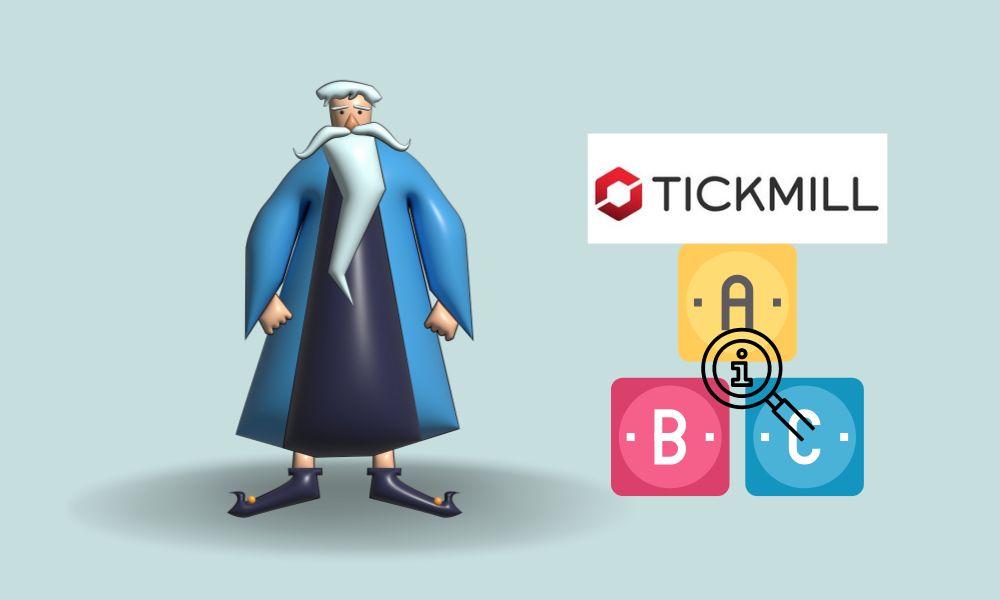
IDO is an Initial DEX Offering, representing a novel fundraising method in the cryptocurrency business.
Typically, this type of fundraising is accomplished by exchanging tokens representing diverse assets hosted on a decentralized exchange (DEX).
When a project issues a currency or token through a decentralized liquidity exchange, IDOs are typically executed.
Initial Dex Offering (IDO) relies on a liquidity pool where traders can exchange tokens for one another, including crypto assets and stablecoins. Examples of liquidity pairs are USDT/ETH.
Similar to Initial Coin Offering (ICO), Security Token Offering (STO), and Initial Exchange Offering (IEO), this strategy is one of the often seen crypto-fundraising initiatives nowadays.
IDO is a good choice for new DEX projects and entrepreneurs seeking to issue tokens and generate capital more swiftly.
When initial coin offerings (ICOs) and token sales became famous in 2017, raising an estimated $4.9 billion by the end of the year, numerous projects attempted to use the blockchain to solve problems.
Even though several ICOs have succeeded, far more have failed. It is impossible to ignore the fact that ICOs are centralized and fragile.
Other significant drawbacks of ICOs include discrimination by third parties, susceptibility to theft and human error, and lack of privacy.
With the decentralized structure of IDOs, this new fundraising strategy aims to alleviate the problems of ICOs while expanding the crypto market's potential.
By utilizing IDOs for crowdfunding, entrepreneurs can create a blockchain-based product immune to malevolent third-party influencers, hackers, and human mistakes.
Moreover, the coins of token purchasers and holders are immediately secured on their wallets and private keys.
During the 2017 ICO boom, crypto businesses that raised cash by selling their tokens provided investors with a wallet address to which they could send Ether.
Investors would receive the project's token in exchange for their investment unless they were duped.
To assure investors that they will receive their tokens, IDOs have professionalized token sales by utilizing decentralized exchanges (DEXs).
Instead of selling their tokens to investors directly, crypto projects offer their tokens to a smart contract managed by a DEX.
Investors commit funds concurrently through the platform to the same smart contract.
The DEX then executes the final transfer and distribution of monies. These processes are executed by smart contracts on the blockchain and are automated.
 Wise Traders Best Choice - AssetsFX Wise Traders Best Choice - AssetsFX |
Each IDO has its rules and stages, which vary based on the underlying smart contract and DEX.
Before projects can run an IDO on a DEX, the DEX team does due diligence. This prevents (the majority of) fraudulent projects from the marketplace and safeguards investors.
After a project is approved, it establishes the number of tokens sold at a defined price.
There is typically a whitelist. To be added to the list, investors may be required to register their wallet address, join a community forum on Discord, or complete marketing duties.
Then, whitelisted investors can lock the funds they wish to invest in a DEX smart contract. In exchange, they will receive tokens whenever they are launched.
A portion of the funds raised is deposited in liquidity pools alongside the project's token on the DEX. This assures immediate trading liquidity.
The remaining money is transferred to the project. Simultaneously, the tokens of the project are transferred to the investors' wallets.
As soon as the money is exchanged between parties, the liquidity pools become available for trading, and the market determines the token price.
Depending on the project, a portion of the funds collected by the project and the tokens delivered to the investors may be locked up for a period of time, commonly known as the vesting period.
To participate in IDO, you must complete a set of processes that change depending on the stages of the project.
Here are the requirements and phases that the IDO of most projects tends to adhere to.
Complying with legislation in most nations, most IDOs need their investors to complete KYC/AML procedures before participation.
This is done to avoid any future legislative complications that may develop. Due of this condition, residents of the United States are rarely permitted to participate in IDOs.
In addition to the KYC verification, the user must enter whitelist activities. They will be required to complete activities such as following specific Twitter pages, retweeting particular tweets, and joining specific Telegram groups.
Users must engage with the launchpad platform to make investments and obtain their tokens to participate in IDO.
To interact with the IDO platform, participants can select from a choice of crypto wallets.
Before purchasing a wallet, ensure that it meets your needs and gives the level of security you desire.
The initial dex offering (IDO) has various advantages, including the following:
Many crypto-based initiatives have greater access to crowdfunded finance due to IDO's rigorous IEO verification procedures, which, in principle, benefit the entire industry.
There is no waiting period for tokens to be listed on an exchange using IDO. Upon completion of the IDO, investors can withdraw their monies faster than with an ICO due to the instant registration procedure.
When tokens begin trading on a DEX, most projects lock away the majority of their crowdfunded funds as liquidity.
Users can earn interest on these tokens through staking programs provided by the projects.
Because everything occurs on-chain, it is simple and straightforward for users to monitor their activity. Additionally, anyone can validate the token contract beforehand.
Something of this magnitude nearly always has hazards. IDOs have a few intrinsic drawbacks, but they are not too severe.
Since registration is unnecessary, no Know Your Customer (KYC) or relevant policy is present.
Anyone can become a member and own a portion of the project without disclosing their identity or the source of their contributed funds.
Before investing in a project, make sure to conduct research and select a reliable platform.
Due to the minimal expenses, virtually anyone with basic technical knowledge may generate a token and launch an IDO.
It cannot be easy to determine with whom you are interacting. If a project promises or sounds too good to be true, it could be a warning flag.
An IDO is one of the models for fundraising that blockchain-based projects may employ. However, few individuals comprehend what this approach means.
In this article, we have gone into the answer to the question "What is an IDO?" by examining various IDO-related components.
In addition, we have provided the IDO meaning in crypto and the launch protocol for the fundraising model.
|
HOT TOPICS |
|
 |
Bitcoin: One Final Sell-Off Is Expected In The Cryptocurrency Markets |
|
Elon Musk Presents The Humanoid Robot "Optimus" At Tesla's AI Day |
|
 |